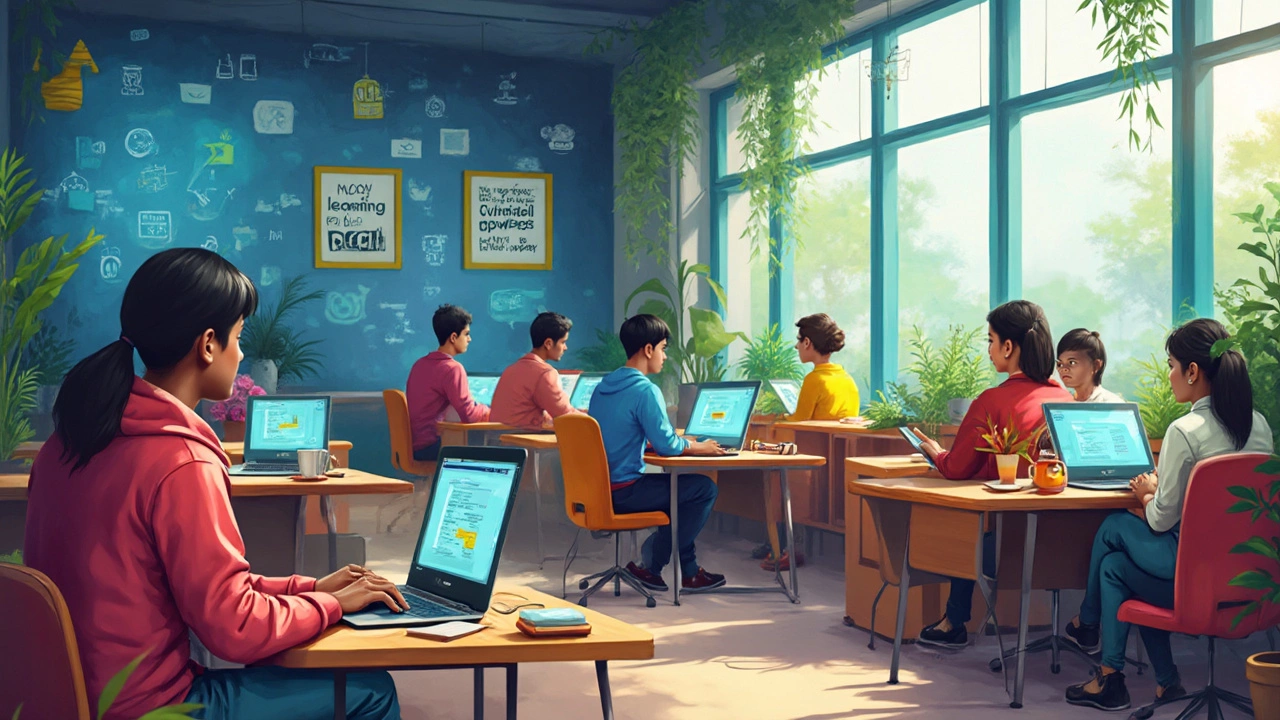Easy Coding Languages Everyone Can Start With
Thinking about learning to code but feel overwhelmed by all the options? You’re not alone. Most beginners waste time chasing complex languages before they even write a single line of code. The good news? A handful of languages are designed to be friendly, practical, and fun. Below we’ll break down the top easy coding languages, why they’re great for newbies, and how you can start coding right now.
Why Some Languages Are Easier Than Others
Ease of learning usually comes down to three things: simple syntax, instant feedback, and a supportive community. Languages with English‑like commands let you read what you write without a dictionary. Platforms that run your code in a browser give you instant results, so you can see mistakes and fix them fast. And a big community means plenty of tutorials, free courses, and answers when you get stuck.
Top 5 Easy Coding Languages for Beginners
1. Python – Often called the "hero language" for beginners, Python reads almost like plain English. Things like print('Hello, world!') are straightforward, and the language powers everything from web apps to data science. Its huge library ecosystem means you can build a simple game or a data chart with just a few lines.
2. JavaScript – If you want to see instant results in your browser, JavaScript is the go‑to. You can write code directly in the browser console and watch the page change live. It’s the backbone of interactive websites, and learning it opens doors to front‑end development without any extra setup.
3. Ruby – Ruby’s syntax was built for human readability. The famous Rails framework makes building web apps feel like assembling Lego blocks. Even if you never use Rails, writing simple scripts in Ruby feels natural and low‑stress.
4. Scratch – Scratch isn’t a text‑based language, but it teaches coding logic through drag‑and‑drop blocks. Kids and absolute beginners love it because you can create games or animations without typing a single character. It’s a perfect stepping stone to text languages later.
5. HTML & CSS – While not programming languages per se, they are essential for anyone who wants to build web pages. HTML structures content, and CSS styles it. You can see changes instantly in a browser, which gives a rewarding sense of progress.
All five options have free resources online. Websites like Codecademy, freeCodeCamp, and Khan Academy let you start coding without paying a dime. Pick one that aligns with what you want to build—Python for data, JavaScript for web interactivity, Ruby for clean code, Scratch for visual logic, or HTML/CSS for design.
Once you’ve chosen a language, set a tiny goal: print "Hello, world!" or change the background color of a web page. Small wins keep motivation high and help you understand how code actually runs.
Remember, the hardest part isn’t the language; it’s the habit of practising regularly. Aim for 15‑30 minutes a day, experiment, and don’t worry about making mistakes. Errors are just clues that point you toward the right solution.
Ready to jump in? Open a browser, search for "online Python editor" or "JavaScript console", and type your first line. You’ll be surprised how quickly you move from zero to a working program.
Learning to code doesn’t have to be a marathon. Pick an easy language, start small, and watch your confidence grow. Before you know it, you’ll be comfortable tackling more complex projects and exploring the deeper side of programming.
